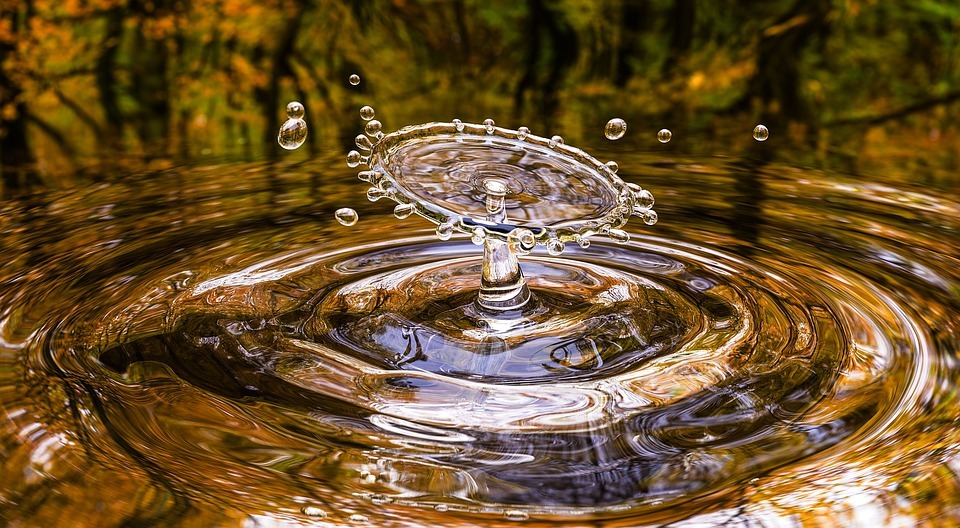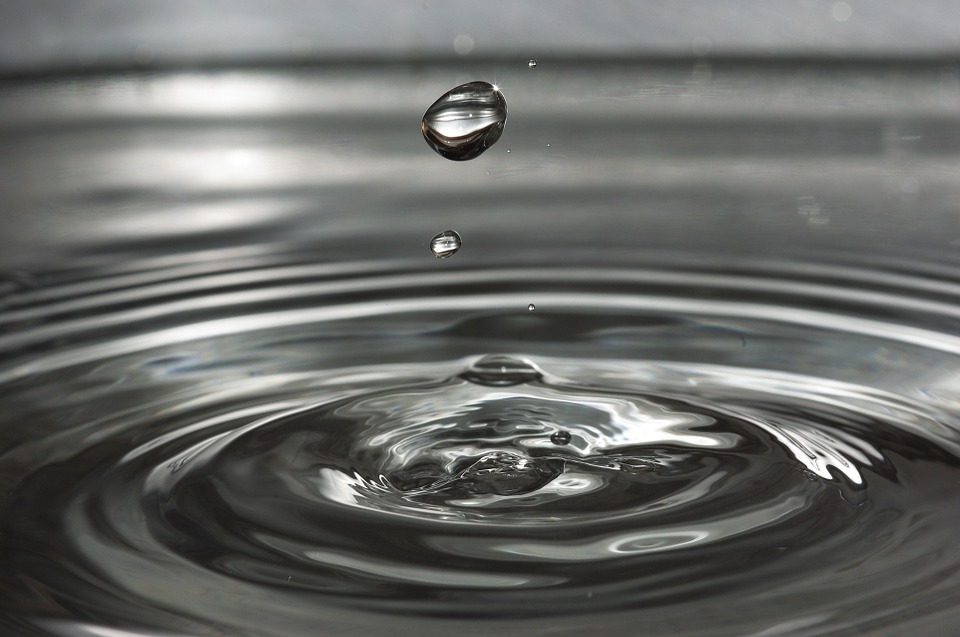Most people drink tap water, completely unaware of the risks that they may be exposing themselves to. While tap water is ordinarily innocuous and is certainly not something to worry about, there are times when you should not, under any circumstances, drink it. Many people, nowadays especially, opt for glass bottled water. Plastic bottles can leech chemicals into the water, so glass bottles are one of the safest vessels for drinking water.
If you still decide to drink tap water, then look no further than this page for tips on determining whether it is safe or not. This page will tell you seven ways that you can use to establish whether or not your tap water is safe.
Hard water may be harmful to your skin and hair. You must use soft water to extend the life of the utensils and its best for your skin too.
You can use a water softening system to soften the water. These water softeners remove the excessive amount of calcium and magnesium ions from water.
How Can I Drink Safe Water?
Before moving on to the ways to determine whether or not your tap water is safe, it is important to add in this as almost a disclaimer. Rather than exposing yourself to pollutants and chemicals in your tap water, opt for bottled water, or buy a water filter. A water filter, while expensive initially, can be a great way to improve the quality of the water that flows through your home’s faucets for many years, meaning you can save money and not have to buy bottled water day after day. The experts on water filters from https://waterfiltersadvisor.com/ say that investing in a water filter is a great way to enhance your life. Another option would be a water purifier. Water purifiers simply require you to fill them up with tap water and leave them in the fridge. The machine will extract the pollutants and separate them from the water, thereby leaving you with clean, purified water. Consider investing in a filter or purifier to improve your water quality.
01. Cloudy Water
Cloudy water is the first of seven ways on this list to determine whether or not your tap water is safe to drink. If your water appears cloudy, there is a good chance that it could be contaminated with toxins and pollutants. Water that is cloudy is often contaminated with pathogens and will very often carry a smell. Water should be clear and odorless.
02. Slimy Water
Water that, after being used to wash your hands, leaves your water slimy, could be contaminated. This is because the water has hardened. Hard water is due to a build-up of calcium, magnesium, and other substances that leave deposits in your sink. As your water runs through the faucet, it collects this build-up, and the build-up flows into your cup, your hands, or your sink.
03. Coloured Water
Water should always be colorless and odorless, as mentioned previously. Colored water is always a bad sign. Yellow water, for example, is indicative of the presence of chromium-6 which is a cancer-causing chemical. Yellow water can also be a result of iron, copper, manganese, or lead.
If your water is only yellow when it is running, this is indicative of your utility cleaning itself. Water that is brownish or tinted orange is a sign of excess iron or lead, which can be because of rust.
04. Bleach
Water that smells of bleach is indicative of a build-up of chlorine. There has been a number of spikes in high-levels of chlorine in the public water supply in recent years. Chlorine is a chemical that is used to purify water, but in high doses, can make you very sick. Chlorine, when combined with other chemicals present in the water supply, can create toxic by-products. One of these by-products, trihalomethanes, are linked to kidney problems and cancer. Another by-product is halo acetic acid, which causes skin irritation and increases the risk of cancer. Water that has too little chlorine, however, can also increase the risk of a parasite named giardia infecting you. Giardia causes cramps, nausea, and loose bowels.
05. Eggs
If your water smells like rotten eggs, then this is a sign it is contaminated with large quantities of sulfur. Hydrogen sulfide is a colorless gas that occurs naturally in water; when this gas is exposed to bacteria that can be present in the water supply, it becomes sulfate, which is where the smell comes from and can cause dehydration and nausea.
06. Smells Like Fish
If your water smells like fish, this is a sign it has been contaminated with barium. Barium is a naturally occurring chemical that can cause cancer, liver failure, and other kinds of illnesses. Avoid barium at all costs when you have determined your water contains this substance.
07. Metallic
If your water carries a metallic taste, this is a sign it is contaminated with iron or copper. It can also be caused by a rather innocuous low pH. If a person consumes this kind of water, it may cause an illness. It’s better to stay away from this kind of water and have it checked out immediately.
Now, with the help of this page, you know exactly how to drink clean water, and how to determine whether or not your water has been contaminated by harmful chemicals or pathogens. The water we drink should always be of the highest quality, and we must endeavor to always drink the best water we can find.


